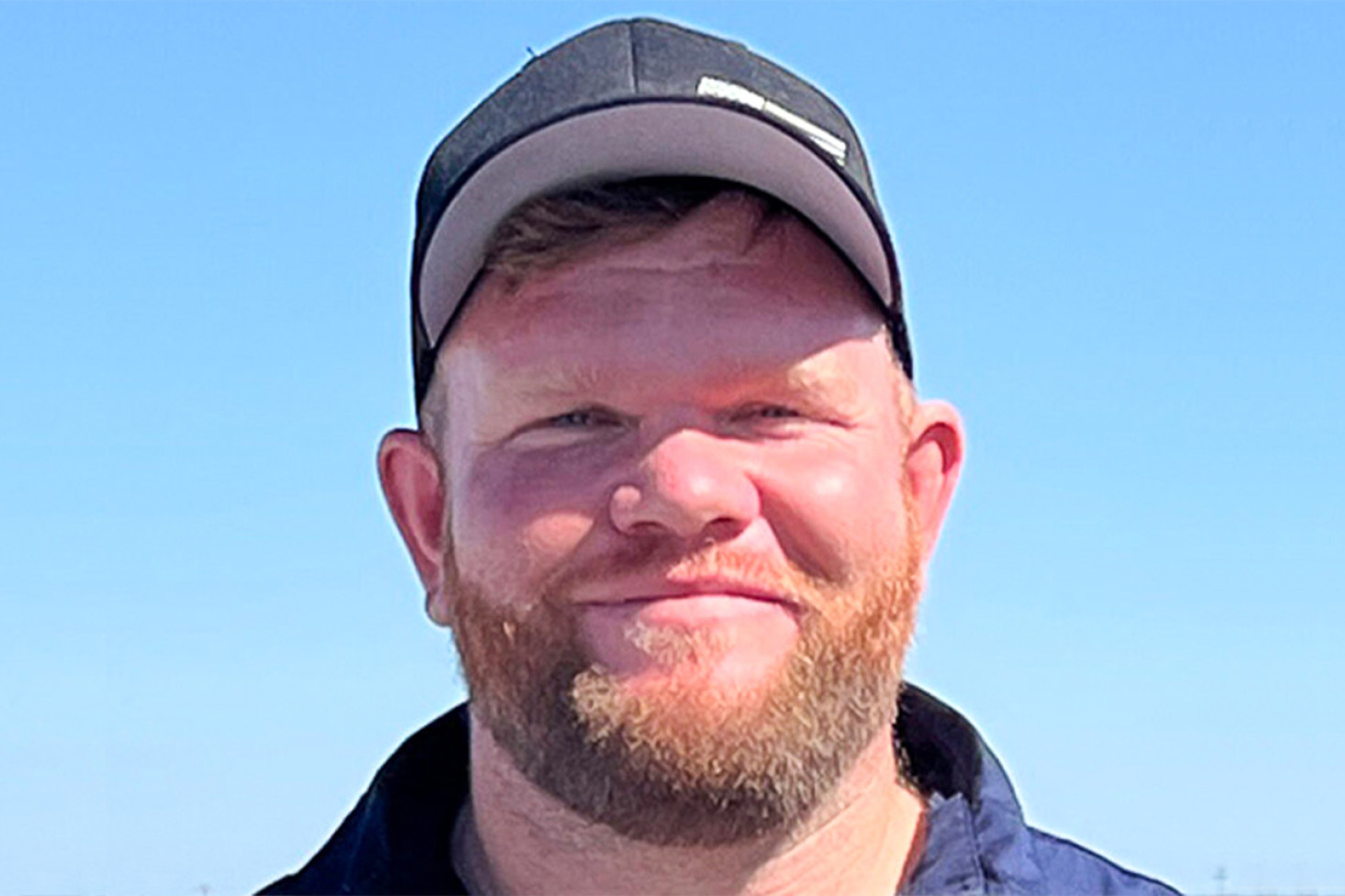Agricultural
26 May, 2025
Plains cotton farmer makes Grower of the Year finals
Cotton Australia has announced the finalists for both the 2025 Bayer Cotton Grower of the Year award and the AgriRisk High Achiever of the year award, including Tyson Armitage and his team from Cecil Plains.

There were five finalists from Cecil Plains down as far south as Spring Ridge on the Liverpool Plains in New South Wales, each grower highlighting excellence in
farming practice and outstanding recent results in cotton production.
This year, each of the five finalists, nominated by their Cotton Grower Associations and fellow growers, will be considered for the Bayer Grower of the Year Award and the AgriRisk High Achiever of the Year, with one recipient to be announced in each category.
This year the finalists are:
•Tyson Armitage - Wamara Farming Trust, Cecil Plains QLD
•Brownhill Family - Merrilong Agricultural Company, Spring Ridge NSW
•Tom and Julie Eather – Bellevue Pastoral Company, Narrabri, NSW
•Thomas Popp - ‘Springfield’, RMI Ltd, Kurumbal QLD
•Matt Richards, RDS Farming, Nobby, QLD
Tyson Armitage has grown up surrounded by cotton on the Cecil Plains property of his parents Stuart and Maxine.
Now Tyson and his wife Rosie manage the day-to-day operations of the Wamara Farming Trust, in close collaboration with his parents.
Cotton has always been part of the Armitage family’s farming strategy and while they grow other crops, cotton remains the focus.
Tyson credits the cotton industry as playing a big part in the true love he has for farming and the results they are achieving stand as a testament to that success.
Asked to list one attribute behind the farm’s success Tyson nominates teamwork including knowledge passed down from his parents and the close relationships with their agronomist in fuelling his team’s desire to keep innovating and improving their outcomes.
The farm’s nutrition program is also a feature of their success with pink slow-release urea, muriate potash and starter. Upfront fertiliser is incorporated into the soil and in-crop is spread and incorporated with watering and/or cultivation.
All fields utilise long-term bio-solids and cow manure however over the last five seasons, their fertiliser use has fluctuated due to weather and challenges in applying organic manures.
Synthetic use has slightly increased while manure use decreased but will improve.
The family takes a hands-on approach to growing its cotton to ensure that each year, each crop of cotton gets exactly what it needs to maintain efficient growing.
The farm’s mantra and driving objective is to do more with less.
Long time agronomists for the family, Matthew Holding and Liz Lobsey maintain a nutrient bank of information detailing 20 years of nutrient inputs and crop removal rates. In doing so they aim to apply only what the crops need, avoiding over-application.
While soil tests are used, leaf tests are preferred for reliable in-season tracking and any adjustments with in-crop needs are addressed with nutrient applications.
Integrated pest manage-ment is vital to the farm and is becoming increasingly so.
Tyson sprays only as a last resort, spending many hours in the field with the agronomists to look at crops, pests and potential damage.
When spraying is needed, they use soft chemicals to protect beneficial insects and challenge pest threshold levels to let beneficial insects control pests.
During the growing season, lay by herbicides are being utilised to decrease overall usage and manage problematic weeds.
Additionally, optical camera sprayer technology is being employed to control weeds and ratoon cotton in the off-season.
These two strategies have resulted in a reduction of both general and resistant weeds, as well as a decrease in chemical usage.
The close attention to detail has resulted in yields increasing by four bales per hectare over the last 10 years, compared to the previous 10 years.
Quality, too, has improved over time and one factor is the new and better varieties available along with better plant health and nutrition.
Biodiversity is also a focus, with the farm reducing pesticide use on farm and spraying insecticide only once on cotton in the past three years, leading to a significant increase in insect and bird life. Additionally, by using rotation crops and reducing tillage, the aim is to continue to boost microbial activity in the soil.
Water use efficiency has steadily improved, with strategies including a deliberate decision to plant cotton crops later saving one irrigation annually.
This shift means focusing on bales per megalitre instead of bales per hectare resulting in a slight yield reduction for water savings.
The move to reduce one irrigation saves up to one megalitre per hectare.
A new addition to the farm is the solar systems on submersible bores, decreasing the reliance on grid power.
The family used a green loan to acquire the systems at a lower interest rate.
Cotton Australia’s CEO Adam Kay said the nominees for this year’s top cotton industry awards are all highly deserving, with some encountering a challenging year, particularly with the onset of rain at the start of picking.
The Cotton Grower of the Year and the High Achiever of the Year awards will be announced at the Cotton Collective at the Awards Dinner in Toowoomba on August 6th, along with a suite of other awards.


